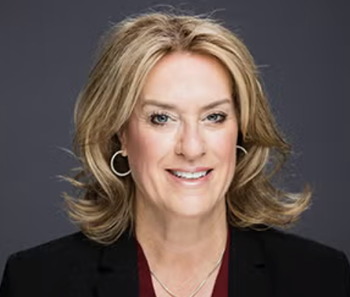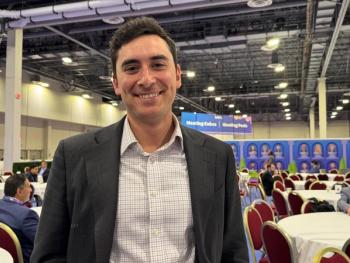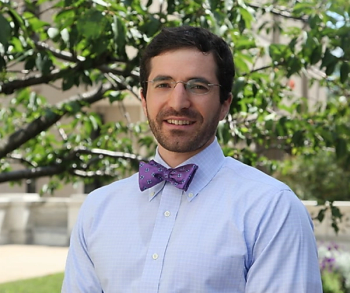
Bill in Congress could help doctors with heavy student debt
Young physicians often have to skip 401(k) payment because they’re making loan payments. The AMA is backing a bill that would offer some relief.
Lawmakers are moving a bill that could help struggling young physicians who have to choose between paying their heavy student loan debt and saving for retirement.
The Senate Finance Committee approved a bill last week that would give medical students more options to save money for their future. The
Under the measure, those student loan payments would essentially be viewed as retirement plan contributions, and organizations could make matching payments to their employees’ 401(k) plans.
The bill now moves to the full Senate. The U.S. House of Representatives previously approved the legislation by an overwhelming 414-5 vote.
The American Medical Association has been pushing lawmakers to approve the bill. Federal officials and healthcare advocates have bemoaned the shortage of physicians, and health leaders have said the high cost of medical school is a barrier to promising students from pursuing careers as doctors.
- Related content:
America is facing a shortage of doctors and it could get worse
“With medical students forced to take on low-paying residency and fellowship positions for up to eight years post-graduation, this debt-burdened generation of trainees often must forego contributing to their retirement to make student loans payments,” Jack Resneck Jr., the AMA’s president, said in a
“This legislation wisely allows retirement plans to make voluntary matching contributions to workers as if their student loan payments were salary reduction contributions.”
In 2019, roughly three-quarters (73%) of medical school students graduated with an average student loan debt of $200,000, the AMA noted in its support of the bill.
Medical student debt is expected to keep growing. In 2020-21, first-year medical students attending public medical schools paid 10% more than students did the previous year.
Medical students will have to take on even larger loans in the future as education costs keep rising, the AMA noted in a
Healthcare leaders have cited the heavy medical student debt as a key reason that many students from minority groups don’t pursue careers as doctors.
“Medical students come from all walks of life, and many accumulate debt every year as a student and post-graduate,” Resneck said in a statement. “We know that many rural and underserved areas are desperate for young physicians, and shouldering a mountain of debt threatens their ability to serve in those areas. This legislation would increase health care access for all Americans, and we look forward to working with Congress to move it forward.”
Senate Finance Committee Chairman Ron Wyden, D-Ore., introduced the Senate version of the bill in the spring. Wyden said he’s a strong supporter of student debt forgiveness, but he said it’s important to offer some relief while pursuing the broader goal.
“Right now, generations of Americans are struggling under the crushing burden of student debt,” Wyden said in a statement when he introduced the bill. “They are putting off buying a home, having children and saving for retirement to pay down their student loans. As the cost of higher education continues to skyrocket, so does the debt.
“Americans need to be able to save for retirement, even while repaying their loans,” he said.
The American Psychological Association has also pressed Congress to








































